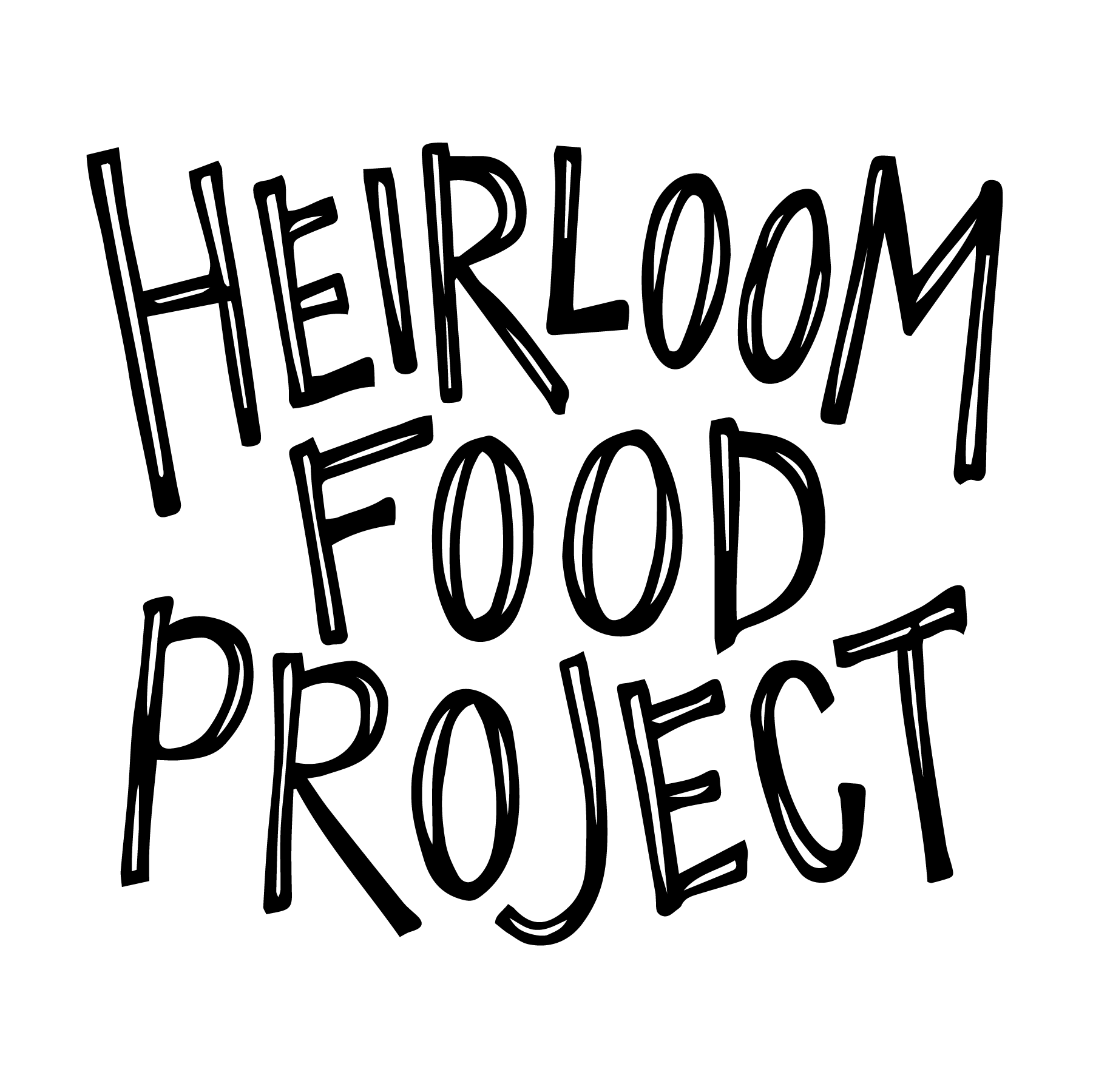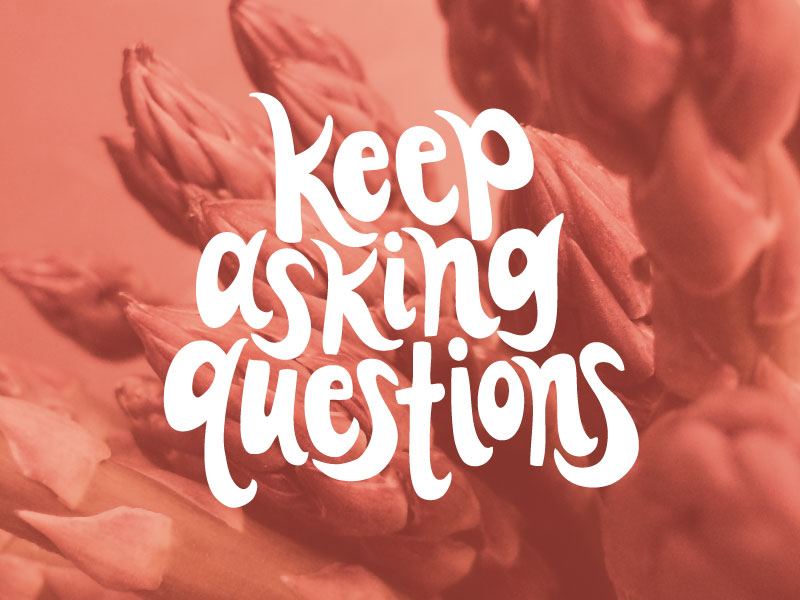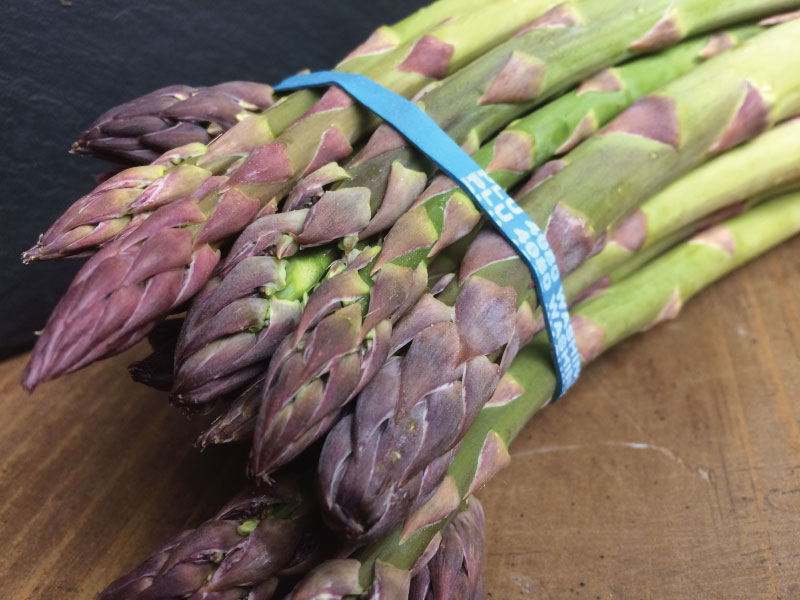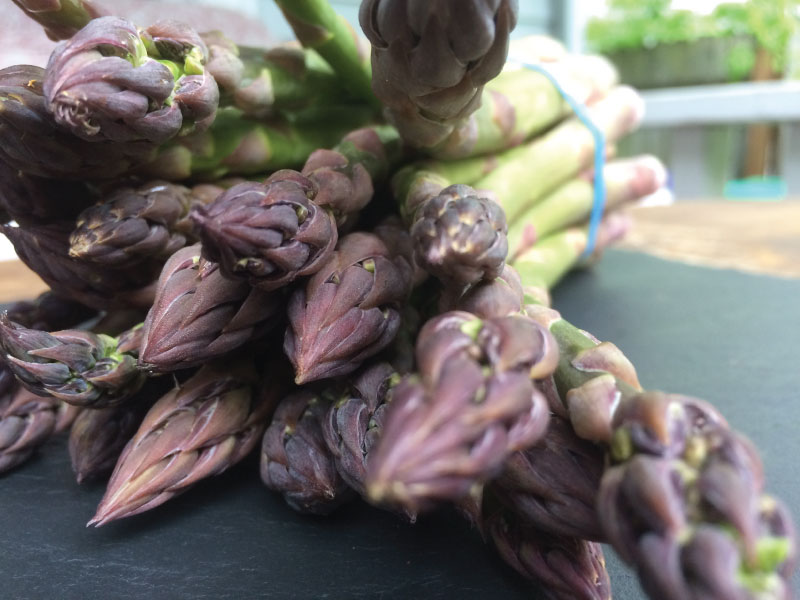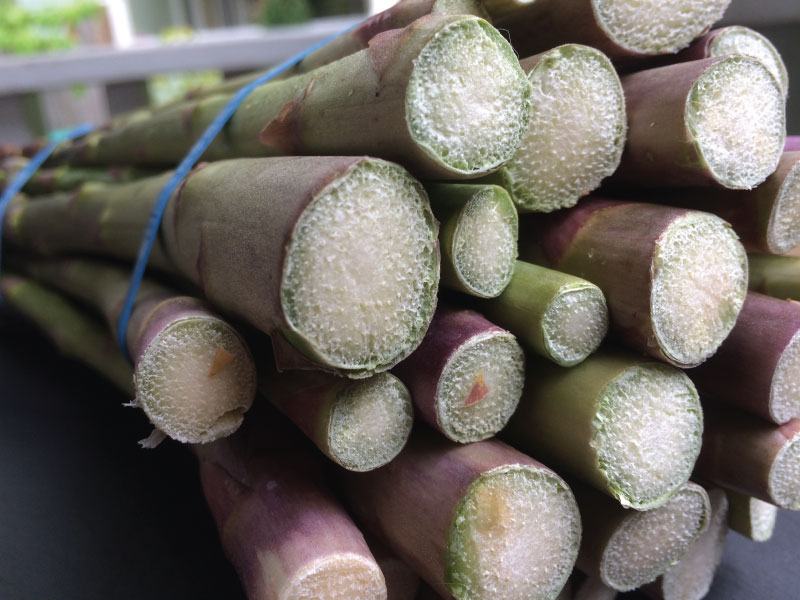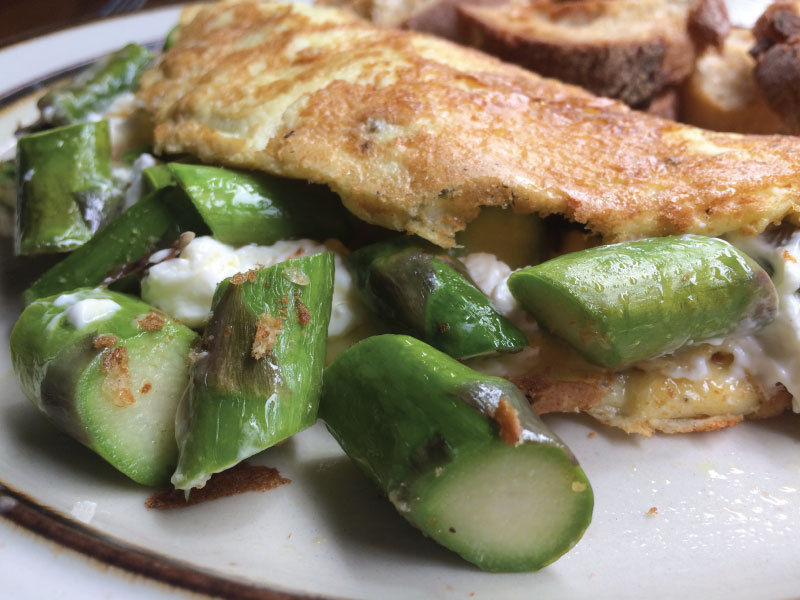Asparagus: Keep Asking Questions
“Why does our asparagus come from Peru?”
I read that question and paused to mentally scan all past asparagus labels I’ve seen at grocery stores. Yeah, why does most of our asparagus come from Peru?
Alan Beattie investigates this question in False Economy: a surprising economic history of the world. He writes, “it may strike you as odd that…a cost-effective industry spontaneously emerged to airlift a perishable green vegetable thousands of miles around the world from the remote western coast of Latin America.”
That does, in fact, strike me as odd. Is it because Peru has especially good soil for asparagus? A perfect sun angle? Trade secrets that no one else knows?
The answer is no. According to Beattie, “Peru…got a special trade deal in 1991 to give its farmers something to do other than grow coca to make cocaine…the Peruvian asparagus industry benefited not only from lower tariffs (import taxes) to the United States but also from tens of millions of dollars a year in financial help from the U.S. government.”
Ah, so that’s it — the reason is tied up in a tangle of politics. (But before you get too excited, the jury is still out on whether it actually reduces the amount of cocaine entering the States).
Keep asking questions.
Asparagus is a food I’ve always associated with the local vs. global discussion. There’s so much I don’t understand about the forces at play there.
But, instead of shying away from it, I thought it’d be more important for me to pose my questions, find possible answers, and start the conversation.
If you’re not asking, you’re not learning, right?
So, here goes my series of questions and attempted (but definitely not conclusive) answers about asparagus and larger ideas of localism and globalism around it.
How do those tiny asparagus trees grow?
We’ll start with an easy one: the fantastical way that asparagus grows. It’s nothing short of a wonder vegetable.
After asparagus crowns are sown, it take 3-5 years for the plants to hit their stride. Once they get going, they can be harvested annually for about 20 years. If that isn’t a lesson in delayed gratification, I don’t know what is.
The plants hang out in a seemingly-dormant state for nine months a year, during which they send up stems to collect energy to store in their underground rhizomes (crowns) and roots. Come spring, those stems are chopped down to make way for the edible asparagus stalks to shoot up from all that stored energy.
The stalks reach full size in 24 hours. 24 hours! If the asparagus isn’t cut right away, it grows into an inedible fern. Keeping up with the harvest must feel like the arcade game Whack-A-Mole (you know, the one where you hit plastic moles on their heads as soon as they randomly pop up out of their holes). For farmers who plant large fields of asparagus, it takes a LOT of work to keep up during harvest season.
Since asparagus matures so fast, workers have to comb the entire field everyday to cut ready stalks manually, one by one, before it’s too late. California farmer Michael Andrews tells Huffington Post in this information-rich article (worth opening for the photos), “We have 200 people working 14-hour days, seven days a week, for the whole time it’s growing.”
Wow. Note to self: take time to appreciate that effort next time asparagus is on my plate.
Why local?
A few weeks ago, I had the great fortune of catching an amazing documentary called Look & See about Wendell Berry, the poet, farmer, and essayist who believes deeply in connection to local land and community.
The film opened with a profound visual poem that shook me to my core. The poem, called “A Timbered Choir” critiques a world in which we are all chasing after an unexplained “objective.”
Here’s an excerpt:
“Even while I dreamed I prayed that what I saw was only fear and no foretelling,
for I saw the last known landscape destroyed for the sake
of the objective, the soil bludgeoned, the rock blasted.
Those who had wanted to go home would never get there now.
I visited the offices where for the sake of the objective the planners planned
at blank desks set in rows. I visited the loud factories
where the machines were made that would drive ever forward
toward the objective. I saw the forest reduced to stumps and gullies; I saw
the poisoned river, the mountain cast into the valley;
I came to the city that nobody recognized because it looked like every other city.
I saw the passages worn by the unnumbered
footfalls of those whose eyes were fixed upon the objective.”
I was in tears within a minute. What is the ‘objective’? What are we all after? What does fast-paced global industrial growth get us?
Berry has dedicated his whole life and body of work to defending “the agrarian virtues of simplicity, land stewardship, sustainable farming, local economies and rootedness to place” (to quote Look & See’s website). The way he sees it, those virtues are under great threat by the pursuit of the “bigger,” “faster,” “farther,” and “at all costs” values of industrial agriculture.
His work is romantic and beautiful, and it spurs a visceral reaction in me every time. It’s hard to argue with something that feels so obviously right. I’m a wholehearted Berry believer.
So, that’s one argument for local: it fosters stewardship of our land and engaged communities.
Another argument is scientific and is illuminated by the case of asparagus. Once picked, asparagus loses its flavor and nutrition faster than most other common vegetables, says Harold McGee in On Food and Cooking. It rapidly loses moisture, becoming woodier from the base of the stalk upward as time passes.
Therefore, in an ideal world, we would eat asparagus within 24 hours of harvest to receive maximum nutrition and taste.
Remember the California farmer Michael Andrews? His farm is located just an hour and a half from Los Angeles, meaning his asparagus can be purchased the very same day it’s picked.
The question begs to be asked again: Why does it make sense that most of our asparagus gets airlifted to supermarkets from Peru? Who does that serve?
Why global?
I love Wendell Berry. Simultaneously, I struggle to reconcile his philosophy with the facts of modern life. Our connections extend far beyond our hometowns. For example, last Sunday, I video chatted with people who were sitting in a kitchen in Lebanon, looking out the window onto the hills of the Syrian border. I need two hands to count the number of my close friends who have partners from a different country. Asparagus from Peru sits naturally on grocery store shelves across the U.S. and Europe.
Another example: I had this grilled asparagus and zucchini dish at my friend Chicca’s Tuscan farmhouse where she teaches folks from all over the world how to cook Italian food.
A few years ago I tried to read a book called Just Food: Where Locavores Get it Wrong and How We Can Truly Eat Responsibly. I quit no more than one third of the way through after author James E. McWilliams argued that an imported tomato is more energy efficient than a locally grown one. He says that we should be less obsessed with “food miles”—how much distance food travels from the farm to our plates—and more concerned with how that food was actually produced.
This challenged my sunny farmers market ideals, and I didn’t like that one bit. I wasn’t alone. He made a lot of readers’ blood boil when he said that the agrarian romantics aren’t doing everything right and that the agribusiness capitalists aren’t doing everything wrong.
Though that was hard to digest, he planted a seed that has been sitting tensely in my gut ever since. It still feels crazy that we live in a world in which airlifting a fragile, time-sensitive vegetable like asparagus to a different continent can be more energy efficient than purchasing it from a farm 50 miles away.
But I must wonder—is McWilliams right? Have we been too distracted by oversimplified food miles to notice the inefficiencies of our precious local farms?
[Side question: Why are all the books I can find for my food research written by white men?]
What is the right, real answer?
After the credits for the Wendell Berry doc Look & See finished rolling, I turned to my partner Bjarke and asked if he wanted to get a drink somewhere to debrief the thoughts this provoked.
“Sure,” he said, “where do you want to go?”
“Someplace that feels real,” I said.
I wasn’t exactly sure what I meant, but the craving was instinctual and strong. I was seeking something simple and sincere.
That craving was inspired by Berry’s brand of localism, but is there a way we can forge or find those values on a global level? I have to believe it’s possible—that what matters in either situation is the intent and the attitude we bring to it.
What would it mean for our global industries and systems to feel real, too?
Actions, policies, and relationships would have intention and depth. They would be mindful of the environment. Faceless forces would be transformed into personal connections. Everything would be transparent. There would be true representation of a range of interests. Citizen input would be heard and valued.
Wait, what about asparagus?
Well, I started out focused on asparagus, and my questions led me to zoom out further to the big issues that the vegetable symbolizes for me. Thank you for riding along. Perhaps asparagus will get a second chance at a full historical analysis next time. For now, here are some ideas to apply these big picture thoughts to your everyday life.
Practice this in your own kitchen: Get curious
Buy some asparagus from Peru. Then buy some from a farm near you. How are they the same? How are they different?
Bend your asparagus until it breaks (this technique is used to remove woody part at the base of the stalk). Notice where it breaks. What does that tell you about how long ago it was harvested?
Try several ways of preparing asparagus. Here’s a comprehensive guide to get you started. Which ones do you love the most?
Do more of what feels real to you, locally and globally. Share a meal face-to-face with someone in your local community. Meet someone for a cup of tea over Skype. Forge a friendship with your neighbor next door. Forge a friendship with someone whose country of origin is different than yours.
Keep asking questions and attempting answers. Nothing is too silly or obvious. Share your curiosities with others in the kitchen and at the table to get a conversation started.
Email me your questions at gina@americanheirloomproject.com if you’d like! What are you curious about? What do you want to better understand about specific foods?
My takeaway is this: there are few obvious answers in food. There’s always more to learn, and the truth is usually not sitting right there on the surface. As for the local vs. global question, it’s probably not an all-or-nothing answer. The future will require both locally engaged communities and globally connected citizens. Asking questions can get us there.
Heirloom Food Stories aim to connect you to beauty, wisdom, and intuition in your kitchen. Each month we’ll deeply explore one fruit or vegetable, so we can know the whole stories — the joys, hardships, and curiosities — behind the foods on our plates.
